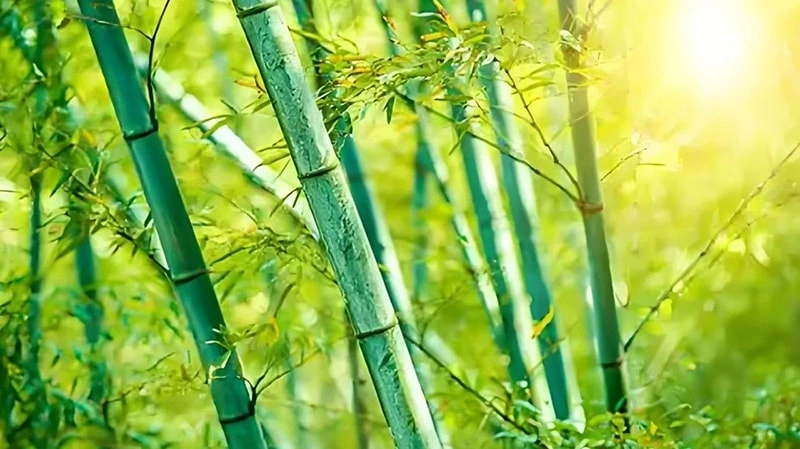Natural bamboo pulp is made from 100% bamboo using the sulfite method and does not contain chlorine. Bamboo pulp is a medium-long fiber with high strength and natural and beautiful color. Due to its ability to impart strength and bulk to paper, bamboo pulp is an ideal candidate to replace hard and soft wood pulp. The products are widely used in natural paper such as natural household paper, kraft paper, pulp molding, packaging paper, etc.

Natural bamboo pulp is made from 100% bamboo using the sulfite method and does not contain chlorine. Bamboo pulp is a medium-long fiber with high strength and natural and beautiful color.
Due to its ability to impart strength and bulk to paper, bamboo pulp is an ideal candidate to replace hard and soft wood pulp. The products are widely used in natural paper such as natural household paper, kraft paper, pulp molding, packaging paper, etc.
From the view of forest conservation or sustainable economic development, bamboo is an important non-wood fiber raw material for pulping and papermaking. In paper production, the price of bamboo pulp is in fact lower than that of traditional fibers thanks to its peculiar characteristics:
> Higher cellulose content (up to 50%)
> Faster growth rate than wood, which leads to an higher productivity of arable land
> Chemical composition that facilitate Kraft cooking process
> Possibility of being used without bleaching, thanks to its natural color
> There is no higher carbon footprint to make bamboo pulp. At a minimum, bamboo paper products produce 30 percent fewer greenhouse emissions than traditional paper products

Biomass refinery integrated technology - Convert low-value feedstocks into high-value sustainable chemicals and degradable materials .This new technology innovatively uses new biological solvents to carry out selective physical dissolution and separation operations on biomass raw materials.

Deep within the cell walls of every plant, there is a powerful substance, which provides the second largest source of renewable carbon on Earth. As a renewable material, we believe that lignin will eventually replace fossil materials and completely transform the way we use natural resources to produce products.

Hemicellulose, as a kind of biopolymer, is a mixture of highly branched low-molecular-weight homopolymers and heteropolymers. It is widely distributed in plants, accounting for about 15% - 20% in coniferous wood, and 15% - 35% in broad-leaved wood and gramineous grasses. It coexists with cellulose in the plant cell wall.